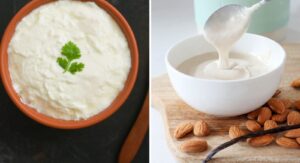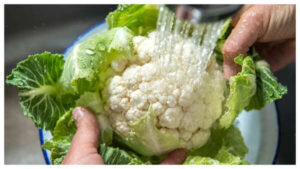Palm Oil: The Full Truth Behind the Fear and the Facts
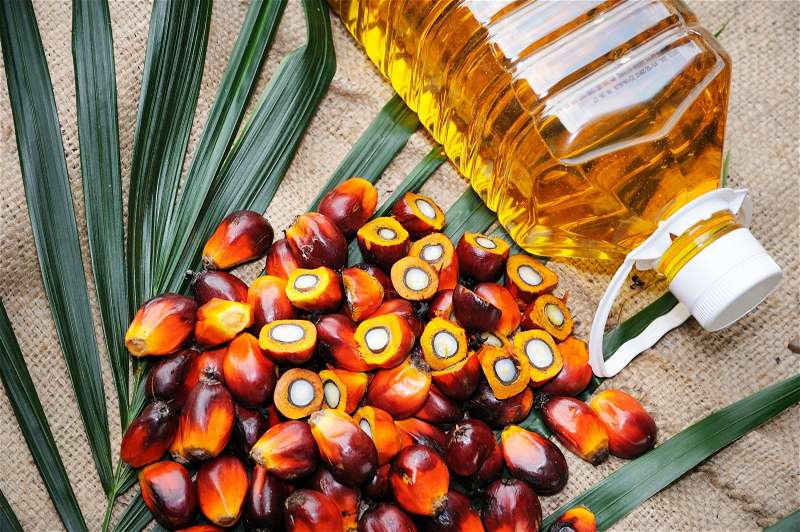
Palm Oil: The Full Truth Behind the Fear and the Facts
You’ve probably come across food packages stamped with bold claims like “No Palm Oil” or “Palm Oil Free.” These labels are often interpreted as markers of a healthier product — as if avoiding palm oil is automatically a better choice. But is that really the case?
Over the years, palm oil has gained a bad reputation, often labeled as a dietary villain responsible for everything from heart disease to deforestation. This has led many people to view products containing palm oil with suspicion. However, recent insights from the Indian Food and Beverage Association (IFBA) suggest that much of this fear may be exaggerated or misunderstood.
This article breaks down the real story behind palm oil — where it comes from, how it’s used, its potential health impacts, why some countries have banned it, and whether it deserves the negative press. We’ve also included a doctor’s perspective on how much is safe to consume and what to keep in mind if palm oil is part of your daily diet.
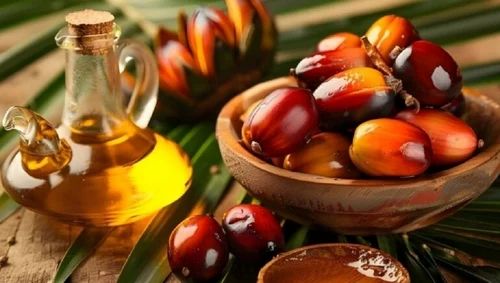
What Is Palm Oil and Where Does It Come From?
Palm oil is a type of vegetable oil extracted from the fruit of the oil palm tree. These trees, which grow as tall as date palms, produce bunches of reddish-orange fruits. When crushed, these fruits yield a reddish crude oil rich in beta-carotene, a compound that gives carrots their color too.
But here’s the catch: most of the palm oil used commercially is refined. During this refining process, the oil is heated to around 200°C, which strips away much of its color and nutrients, turning it into a transparent or pale oil used in everyday products.
Where Is Palm Oil Found?
Palm oil is far more common than you might realize. It’s not just in fast food — it’s everywhere:
Restaurants & Fast Food Chains: Many of them fry and cook food in palm oil because it’s cheaper than other oils and has a long shelf life.
Snacks & Processed Foods: Items like biscuits, chocolates, noodles, chips, and even ice cream often contain palm oil.
At Home: Many Indian households use vanaspati ghee, which typically contains palm oil.
Non-food Items: Believe it or not, palm oil is found in products like shampoo, soap, lipstick, and detergents.
Why Is Palm Oil Considered Harmful?
It’s not that palm oil is inherently toxic — the issue lies in how much and what form of it we consume.
High in Saturated Fats: Palm oil is composed of about 50% saturated fat, which can raise LDL (bad) cholesterol if consumed in excess. This increases the risk of heart disease and clogged arteries.
Refining Risks: When palm oil is refined at high temperatures, certain chemicals can form that may be carcinogenic (cancer-causing).
High Caloric Value: Palm oil is calorie-dense, and overconsumption can lead to obesity and type 2 diabetes.
So, while it’s not poison, it definitely needs to be consumed in moderation — especially in its refined form.
Why Have Some Countries Banned Palm Oil?
Several countries have moved to restrict or ban palm oil, and they’ve done so for two primary reasons:
1. Health Concerns: As explained earlier, excessive intake of refined palm oil is linked to serious health risks like coronary heart disease.
2. Environmental Impact: Palm oil plantations often require large-scale deforestation, especially in countries like Indonesia and Malaysia. This threatens wildlife habitats and contributes to climate change.
These factors combined have led some governments to take action — either limiting its use or banning it outright.
Why Isn’t Palm Oil Banned in India?
In India, palm oil is still widely used — not just legally, but commonly and affordably. Why?
Cost-Effective: Palm oil is significantly cheaper than other vegetable oils, making it the preferred choice for many manufacturers and eateries.
Long Shelf Life: It doesn’t go rancid easily, which makes it ideal for both cooking and packaged goods.
That said, many experts believe that the Indian government should regulate its usage more strictly, especially given the health and environmental concerns.
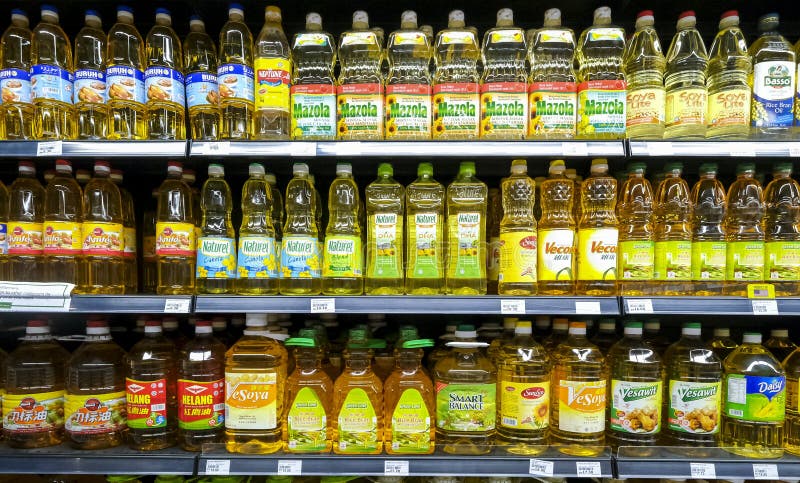
How Much Palm Oil Is Safe to Consume?
Dr. Amit Miglani, a medical expert, recommends keeping your daily intake of palm oil to 5–10 ml per day. That’s roughly one or two teaspoons.
If possible, opt for unrefined or minimally processed palm oil, which retains its beta-carotene and is less harmful. In refined versions, up to 90% of this nutrient is lost.
Ultimately, the key is balance — just like with sugar, salt, or any fat.
Palm oil is neither a miracle food nor a complete menace. It has its uses, benefits, and dangers — all depending on how it’s processed and how much you consume. The current trend of labeling products as “Palm Oil Free” may be more about marketing than science. Instead of blindly following labels or social media trends, it’s better to make food choices based on credible information and moderation. As Indian consumers, we need to stay aware, ask questions, and most importantly — not fall for fear-based food fads.
Disclaimer:
The health-related insights and recommendations in this article are based on medical expertise and research. However, every individual’s body is different. Always consult your doctor or a certified nutritionist before making any major changes to your diet or lifestyle. This article is for informational purposes only and does not constitute medical advice. Our portal does not promote or recommend self-medication under any circumstances.






